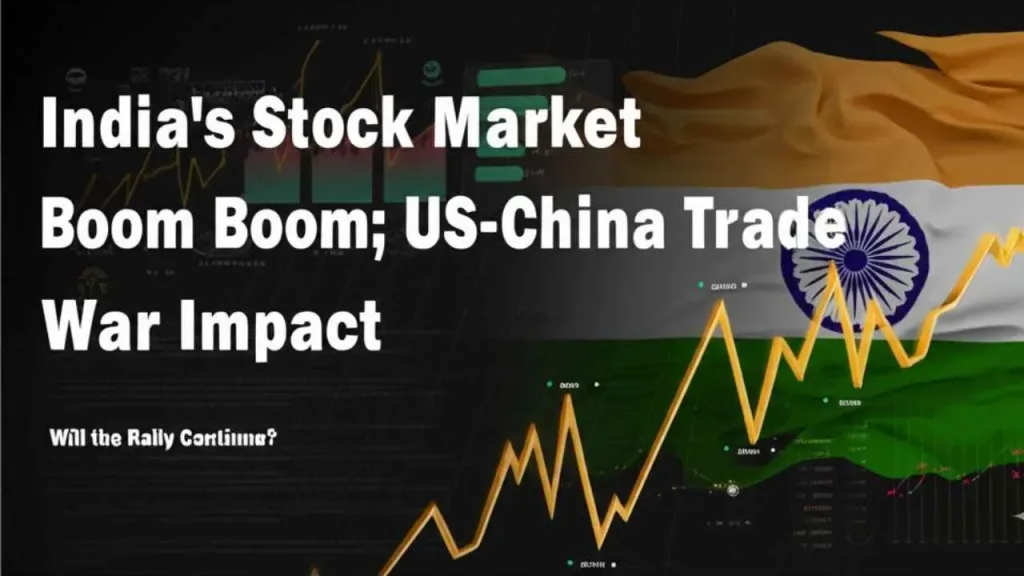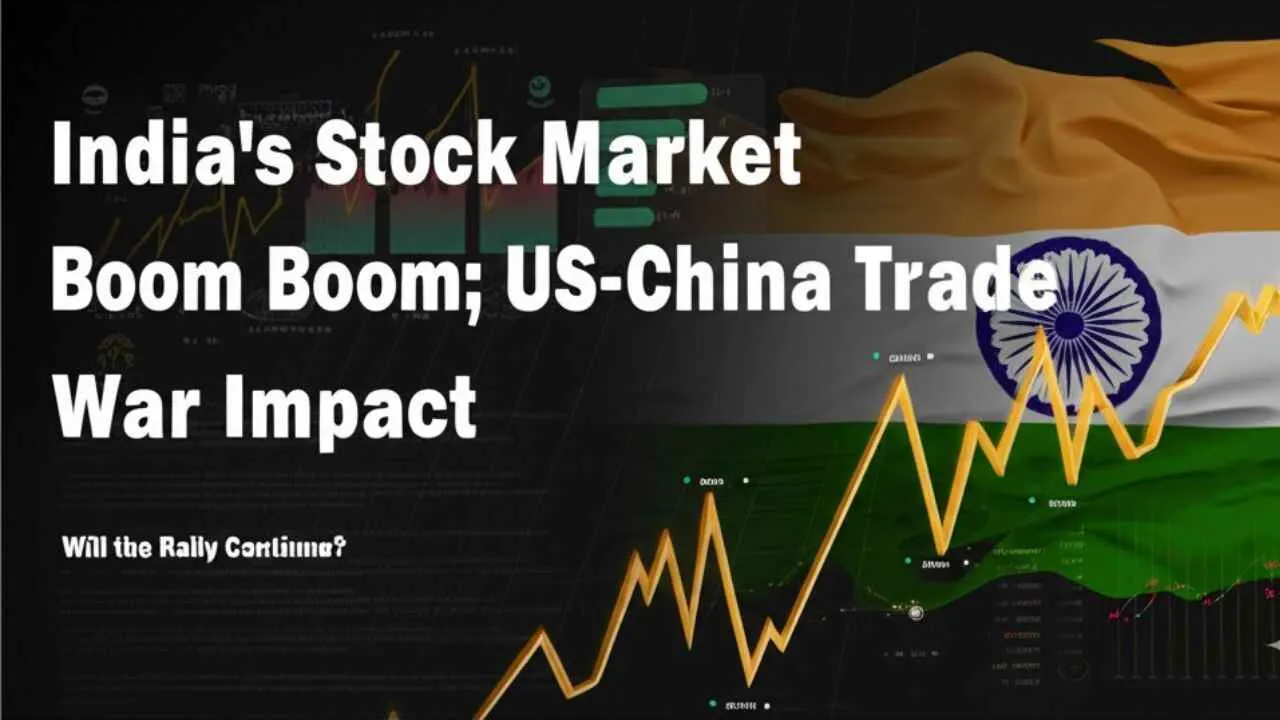Markets Turn Their Gaze to India as Global Tensions Stir Strategic Shifts
The real game in the financial markets appears to be just getting started — and all eyes are now on India.
As global economic dynamics shift, strategies across major indices are increasingly being shaped with India at the center. Monday’s trading session gave us a taste of that momentum: Bank Nifty surged over 1,000 points, while Nifty advanced approximately 300 points, indicating strong bullish sentiment and renewed investor confidence.
But this is just the beginning.
Why India Is the Focal Point
India is the focal point for several reasons:
- Rapidly growing internet user base
- Increasing smartphone penetration
- Rise of e-commerce and digital payments
- Government initiatives to promote digital economy
- Favorable demographics with a young population
While global trade and macroeconomic indicators continue to steer long-term market trends, recent developments have pulled India directly into the spotlight. A series of high-level diplomatic visits and closed-door meetings are underway in New Delhi, signaling deeper strategic engagement between India and global powers.
One such meeting, which took place earlier today, has heightened market anticipation. The Vice President of a key global partner has landed in India, sparking speculations around critical discussions — from trade agreements to defense collaborations — that could reshape regional dynamics.
Meanwhile, China has issued a fresh warning to nations entering new trade deals with the United States, citing potential retaliatory measures. Beijing argues that Washington is trying to isolate it economically, and this puts countries like India in a delicate position — caught between two economic giants with opposing trade agendas.

Tensions Rise: China, the U.S., and India’s Balancing Act
According to reports, China is preparing countermeasures against nations aligning too closely with the U.S. on trade. This move comes amid ongoing talks between Indian and U.S. officials — talks that could lead to deeper cooperation in technology, manufacturing, and energy.
With this geopolitical tug-of-war intensifying, India finds itself navigating a tightrope: should it lean further into strategic partnerships with the U.S., or tread carefully to maintain regional stability with China? Either decision carries economic and political implications, and the market is watching closely.
Market Moves and Technical Levels
Back to the charts — today’s rally wasn’t just driven by headlines. Technical patterns in Nifty and Bank Nifty suggested growing bullish conviction. Bank Nifty’s sharp 1,000-point rally, paired with Nifty’s 300-point climb, revealed that key resistances were being challenged — and in some cases, decisively broken.
However, experienced traders noted signs of caution too. Early in the session, the 24,180–24,200 level in Nifty emerged as a zone of resistance. Repeated rejections from this range hinted at profit-booking by institutional players and potential exhaustion of intraday momentum. The market dipped briefly toward the 24,100 mark, only to bounce back strongly — a textbook sharp reversal, and one that some analysts had anticipated.
What Traders Should Watch Next
In the immediate term, the key support zone for Nifty lies between 23,950 and 24,000. Sustaining above this range is crucial for continued upward momentum. If the index manages to break past the 24,250 level decisively, it could signal the next leg of the rally.
On the options front, heavy call writing at 24,250 suggests strong resistance — and a battle between bulls and bears at this level. Breaching it with volume could lead to a significant upside move, especially if supported by positive global cues or domestic policy announcements.
Bank Nifty, on the other hand, has shown impressive recovery despite forming a negative candle earlier in the session. The index rallied from lows and managed to reclaim key zones, though traders should monitor the 55,155–55,500 range closely. A breakdown below this could trigger a short-term correction, while a close above 55,500 may invite further upside.
Liquidity and Sentiment
Domestic liquidity remains supportive. The RBI has continued to inject liquidity, providing a buffer against global volatility. Simultaneously, data from FIIs and DIIs show mixed flows, but with a slight bullish tilt — suggesting institutional confidence is returning.
Telegram-based communities and retail traders have been quick to react, with many receiving early alerts about the shifts in momentum. While such platforms provide value to active market participants, analysts caution against over-reliance on real-time chatter without understanding the underlying fundamentals.

The Bottom Line
As global tensions flare and India becomes a strategic focal point in the evolving economic order, markets are moving swiftly to price in these developments. While technical indicators point toward cautious optimism, geopolitical risks — especially related to China’s aggressive trade posture — remain a wildcard.
In the days to come, market participants will need to tread carefully, watching key levels, government announcements, and global cues closely. Because if today’s action is any indication — the real moves are just beginning.
